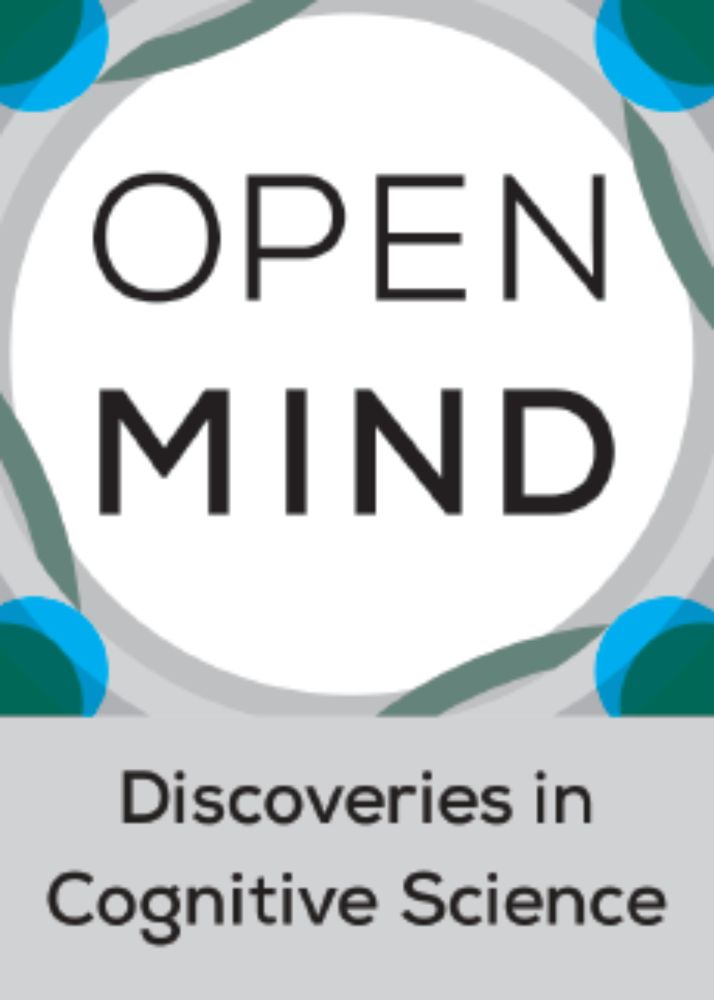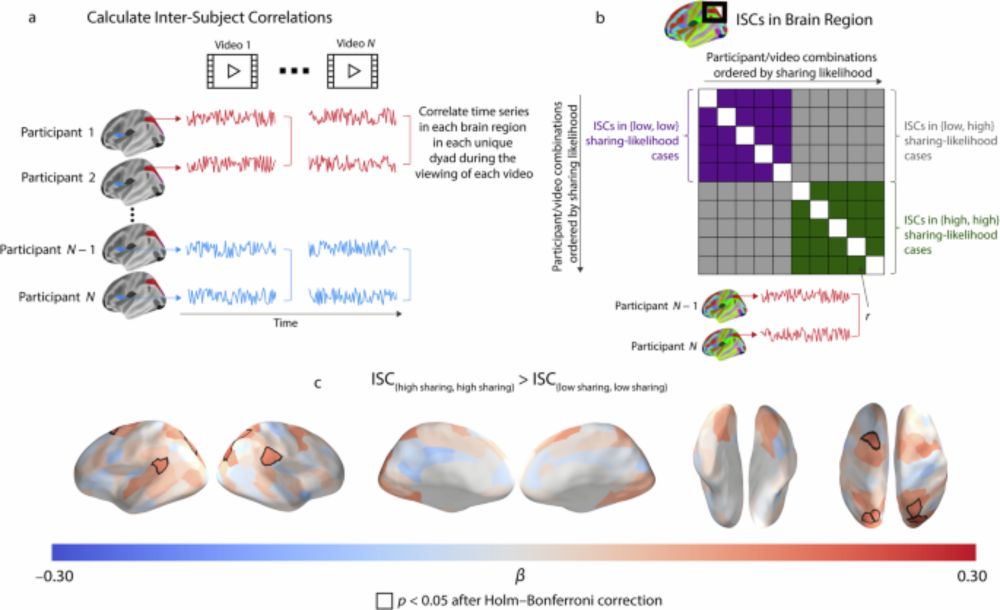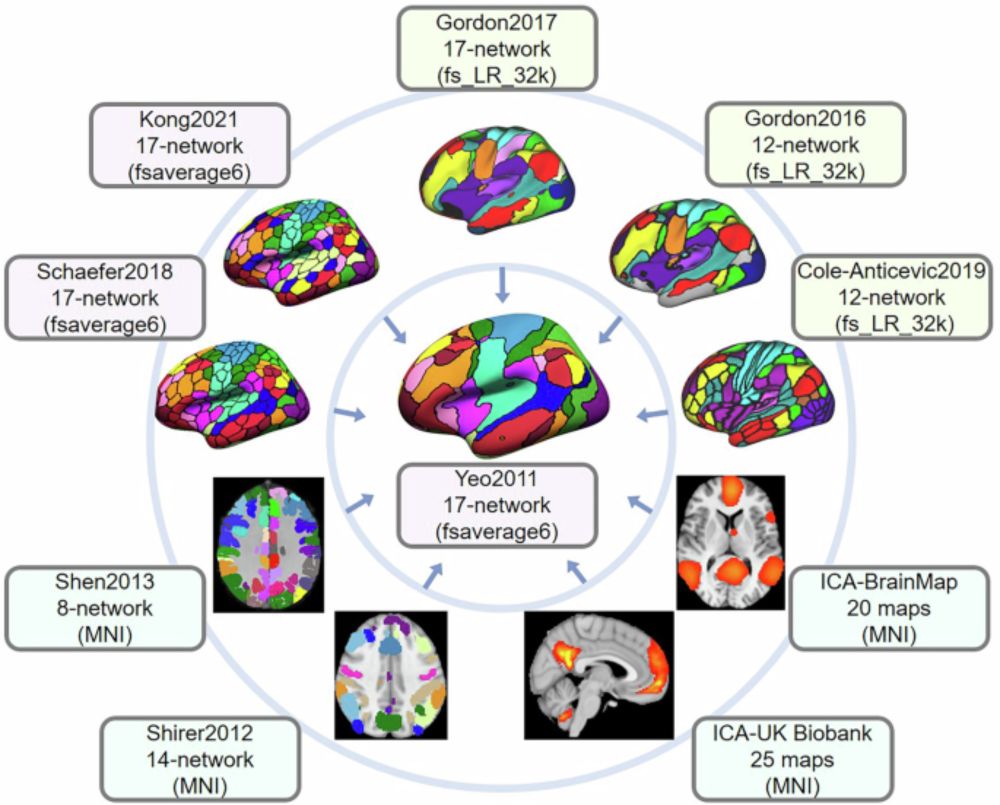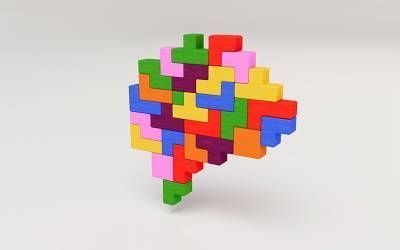Identifying ADHD Subtypes Based on Subclinical Autistic Traits, Behavioral and Emotional Symptoms, and Executive Function: https://osf.io/m7d4j
22.09.2025 01:15 — 👍 0 🔁 1 💬 0 📌 0
New/Mode | Make your voice impossible to ignore
Hi #canadian researchers - please sign this petition to help ensure funding isn’t cut to tri council agencies (NSERC, SSHRC, and CIHR). We’re looking at potential 15% cuts to ALL federal spending including grants win.newmode.net/canadianasso...
18.09.2025 21:13 — 👍 29 🔁 29 💬 0 📌 0

De Felice et al 2025: relational neuroscience, insights from hyperscanning

Flux 2025 symposium - is neural synchrony a developmental mechanism?
Looking fwd to our neural synchrony symposium today - & especially learning more from @pvrticka.bsky.social on synchrony in #fNIRS. For a preview check out an excellent 2025 review led by @saradefelice.bsky.social - join us 3pm in Hyde 1. 🧠 ⚡️ 🧠 #flux2025
www.sciencedirect.com/science/arti...
06.09.2025 08:28 — 👍 12 🔁 4 💬 2 📌 1

Welcome to Dublin! From winding cobblestone lanes to literary pubs and centuries of innovation, Dublin blends rich history with vibrant culture. We can’t wait for you to experience it all during Flux 2025 – excellent lineup of speakers, and our 2025 Pre-Conference Workshops, and more! #Flux2025
03.09.2025 07:30 — 👍 5 🔁 2 💬 0 📌 0
Now officially out:
"Re-evaluating Theory of Mind evaluation in large language models"
royalsocietypublishing.org/doi/10.1098/...
(by Hu, Sosa, & me)
18.08.2025 13:01 — 👍 40 🔁 9 💬 1 📌 0
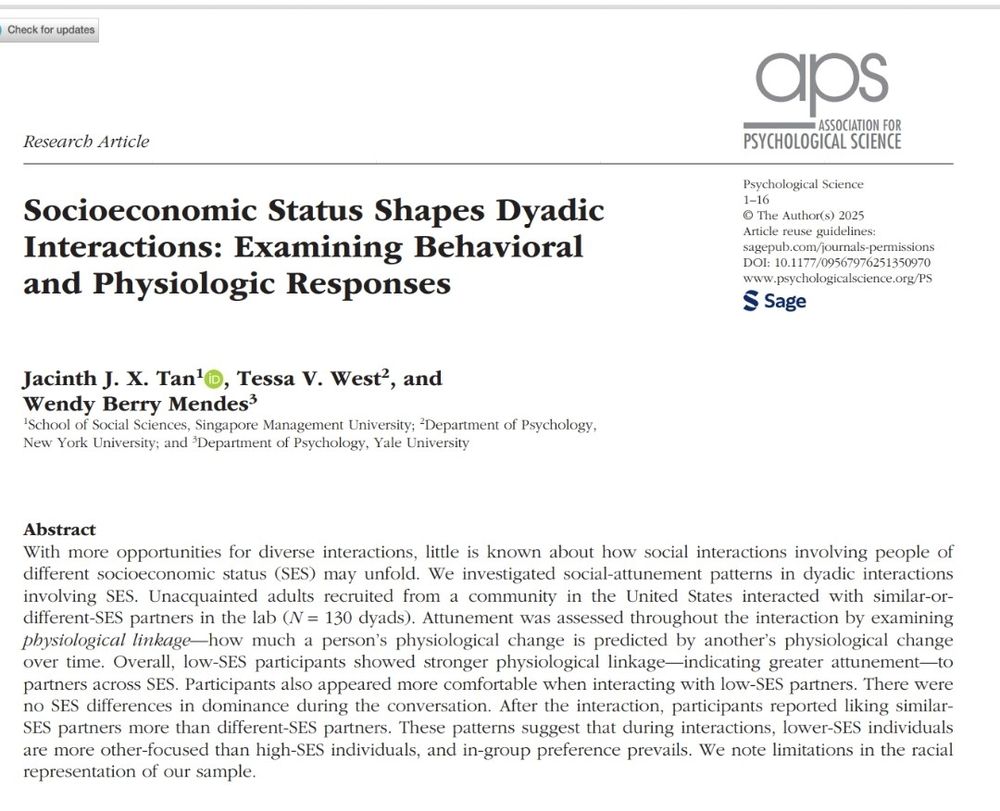
With more opportunities for diverse interactions, little is known about how social interactions involving people of different socioeconomic status (SES) may unfold. We investigated social-attunement patterns in dyadic interactions involving SES. Unacquainted adults recruited from a community in the United States interacted with similar-or-different-SES partners in the lab ( N = 130 dyads). Attunement was assessed throughout the interaction by examining physiological linkage —how much a person’s physiological change is predicted by another’s physiological change over time. Overall, low-SES participants showed stronger physiological linkage—indicating greater attunement—to partners across SES. Participants also appeared more comfortable when interacting with low-SES partners. There were no SES differences in dominance during the conversation. After the interaction, participants reported liking similar-SES partners more than different-SES partners. These patterns suggest that during interactions, lower-SES individuals are more other-focused than high-SES individuals, and in-group preference prevails. We note limitations in the racial representation of our sample.
Socioeconomic Status in Social Interactions
"Low-SES individuals exhibited greater attun�ement to others and elicited greater comfort in others than high-SES individuals, but impressions were formed in line with homophily effects."
doi.org/10.1177/0956...
#SocialPsyc #Sociology
20.07.2025 12:14 — 👍 55 🔁 15 💬 1 📌 1
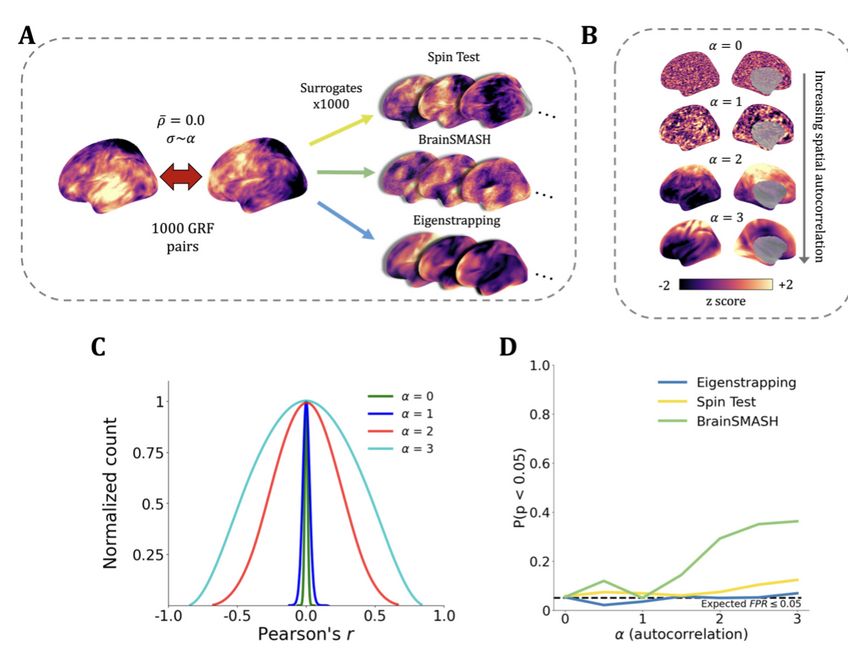
New paper in Imaging Neuroscience,
Generation of surrogate brain maps preserving spatial autocorrelation through random rotation of geometric eigenmodes
direct.mit.edu/imag/article...
Produces surrogates for null hypothesis testing of nonlinear effects within and correlations between brain maps
17.07.2025 23:33 — 👍 43 🔁 14 💬 1 📌 1
Hi world - its been a hard year with #cancer meaning I missed out lots of fun things. It would mean a lot if you checked out my new album of tracks. Out on all platforms including #Soundcloud (free). Let me know which tracks you like and a special prize if you work out the two levels to the project
17.07.2025 18:57 — 👍 27 🔁 10 💬 7 📌 0
Alert! ... for the child development world!
@fluxsociety.bsky.social @fitngin.bsky.social
The Healthy Brain and Child Development (HBCD) Study has released its first data wave - it’s massive.
Check here:
docs.hbcdstudy.org
and here:
nbdc-datahub.org
Here’s why it matters 🧠🍼
29.06.2025 02:18 — 👍 159 🔁 79 💬 1 📌 4
Very cool work!
23.05.2025 18:47 — 👍 3 🔁 1 💬 0 📌 0
Great news! Congrats, Nikola!
22.05.2025 14:23 — 👍 1 🔁 0 💬 0 📌 0

Thrilled to announce that we received a $2.8M grant from @braincanada.bsky.social to continue our work on NeuroLibre through the Canadian Open Neuroscience Platform (@conp-pcno.bsky.social) 1/2
20.05.2025 17:09 — 👍 15 🔁 3 💬 2 📌 0
Updated version of this paper now published in Cerebral Cortex 🥳 doi.org/10.1093/cerc...
@sarahhenderson.bsky.social is on a roll 🙌🏻
#PsychSciSky #neuroskyence #memory #aging
20.05.2025 19:29 — 👍 20 🔁 6 💬 0 📌 1
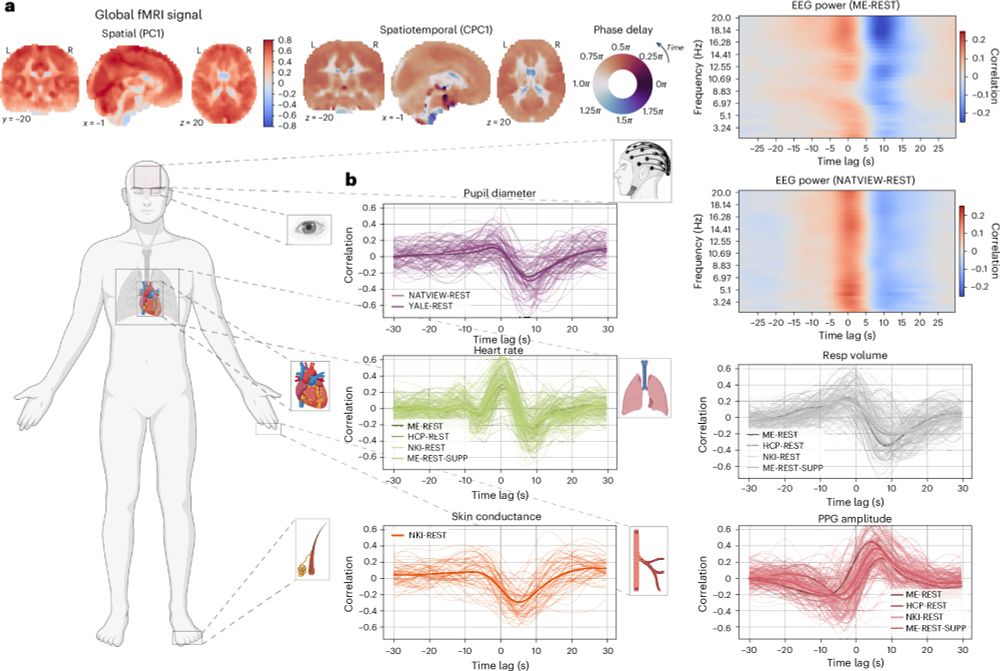
Autonomic physiological coupling of the global fMRI signal
Nature Neuroscience - The brain and body are necessarily connected. Here the authors show that brain blood flow and electrical activity are coupled with systemic physiological changes in the body.
First post on an exciting new manuscript online today @natneuro.nature.com - in collab with @lucinauddin.bsky.social and Catie Chang. We take a fresh look at the physiological dynamics associated with the global signal 🧠 ...
www.nature.com/articles/s41...
Read here:
rdcu.be/ek01F
07.05.2025 13:42 — 👍 92 🔁 44 💬 5 📌 4
🙌 Hot off the presses @natcomms.nature.com! We created a custom #Minecraft environment to study a long-standing puzzle in cognitive science:
How do humans flexibly adapt their individual and social learning strategies in dynamic, realistic situations? Check it out 👉 www.nature.com/articles/s41... 🧵👇
25.04.2025 10:57 — 👍 176 🔁 55 💬 8 📌 3
Congrats, Karen! Well deserved!
25.04.2025 15:20 — 👍 1 🔁 0 💬 1 📌 0
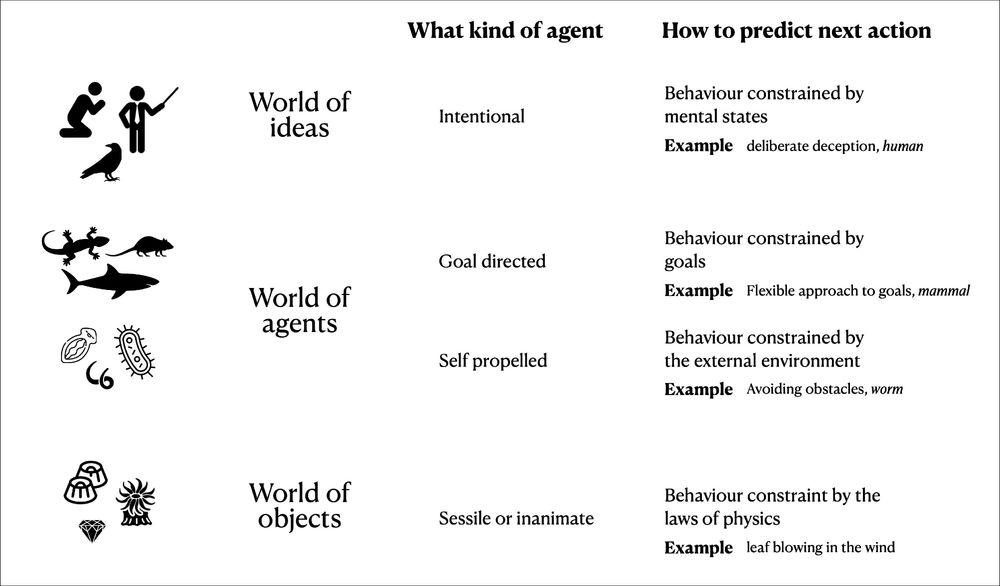
What autism taught us about our social nature.
Frith & Frith, Current Directions in Psychology journals.sagepub.com/doi/epub/10....
10.04.2025 11:24 — 👍 38 🔁 14 💬 2 📌 2
Very cool. We've been thinking a lot about adversity and social cognition lately. Can't wait to dive into this.
10.04.2025 01:47 — 👍 2 🔁 0 💬 0 📌 0
📌
08.04.2025 15:49 — 👍 0 🔁 0 💬 0 📌 0
US Applicant Week
Grad student applicants from the US:
University of British Columbia (Vancouver, Canada) has re-opened applications for Master's and PhD programs (e.g., biomed engineering, genetics). Info sessions Apr. 15th w/ current US students: www.grad.ubc.ca/us-applicant...
Stable, awesome environment!!
07.04.2025 20:45 — 👍 35 🔁 33 💬 0 📌 0
Very cool!
27.03.2025 01:02 — 👍 2 🔁 0 💬 0 📌 0
New paper out at @naturehumbehav.bsky.social!
This is the most comprehensive investigation ever conducted into how people think about relationships: a true tour de force! We identify 5 dimensions and 3 categories that organize relationship concepts. Proud to have made a (small) contribution to it!
13.03.2025 18:23 — 👍 40 🔁 7 💬 1 📌 0
Homepage - openRxiv
openRxiv is an independent non-profit, the new organizational home for bioRxiv and medRxiv, enabling researchers to instantly share groundbreaking findings with the global scientific community.
Big news: we are setting up a new non-profit organization to run bioRxiv and medRxiv. It's called openRxiv [no it's not a new preprint server; it's dedicated organization to oversee the servers] openrxiv.org 1/n
11.03.2025 13:20 — 👍 2570 🔁 848 💬 55 📌 42
Workshop at #NeurIPS2025 aiming to connect machine learning researchers with neuroscientists and cognitive scientists by focusing on concrete, open problems grounded in emerging neural and behavioral datasets.
🔗 https://data-brain-mind.github.io
Assistant Professor / Faculty Fellow @nyudatascience.bsky.social studying cognition in mind & brain with neural nets, Bayes, and other tools (eringrant.github.io).
elsewhere: sigmoid.social/@eringrant, twitter.com/ermgrant @ermgrant
https://olivia.science
assistant professor of computational cognitive science · she/they · cypriot/kıbrıslı/κυπραία · σὺν Ἀθηνᾷ καὶ χεῖρα κίνει
Associate Professor @ UCL. Experimental Psychologist. Interested in neural computations underlying social cognition.
https://www.wittmann-lab.com
Asst Prof @UCSDPsychology
PI Social Computations & Interacting Minds Research Studio | sciminds.studio | eshinjolly.com
Economics graduate from Bristol University. Posts on the themes of Economics, Tech, Politics, and Finance.
An intriguing Chinese proverb;
盛世古董乱世黄金 - In prosperous times, antiques. In troubled times, gold.
Liberal Democrat.
Grad Student in Comp Sci @ UIUC @uofigrainger.bsky.social | Former Sr. Research Asst. in Radiation Physics @ Univ. of Texas MD Anderson Cancer Center @mdanderson.bsky.social, developed AI for RPA https://rpa.mdanderson.org | 🏳️🌈 he/him | Views are my own
Human Origins | Macro History | Anthropology | Neuroscience | Philosophy
Posting as Ilari Mäkelä, host of On Humans.
https://onhumans.substack.com/about
neuroscientist interested in brain development, affective + cognitive control, and precision psychiatry
Professor of Neuroscience @utaustin.bsky.social investigating how kids, teens & adults learn, remember & make sense of the world.
preston.clm.utexas.edu
Exploring how the brain uses specialized knowledge in domain-general cognition.
NeuroSPACE unites 4 labs led by @hansopdebeeck.bsky.social, @bertdesmedt.bsky.social, @kobedesender.bsky.social & @neuropsylab.bsky.social.
🌐 ppw.kuleuven.be/neurospace
Co-Creating Ireland's Public Involvement in Open Research Roadmap
ENGAGED is building a national roadmap to shape public involvement in open research in Ireland. We believe that research can and does play an important role in tackling societal challenges.
computational cog sci • problem solving and social cognition • asst prof at NYU • https://codec-lab.github.io/
assistant professor of psychology at USC丨he/him丨semiprofessional dungeon master
Official account for the Biological Psychiatry family of journals.
Publishing cutting-edge research in psychiatric neuroscience, cognitive neuroimaging, and global open science.
Studying environmental & endocrine influences on the adolescent brain | open science enthusiast | caregiver to the World's Cutest Dog
Junior Leader Fellow @upf.edu, Barcelona || former MSCA Fellow || social cognition, autism, the brain🧠 || crocheting 🧶 || PL, EN, ES || she/her || lenamatyjek.com
🔬 Assistant Prof, Pathology @Duke | Director, Clin Micro Lab
🧫 Former Clin Micro Fellow @Memorial Sloan Kettering
👩🏻🔬 Former Postdoc @broadinstitute.org
🎓 PhD @The Rockefeller University
Focus: Diagnostics, AMR, Structural Biology
Cognitive scientist. Language, Categorization, social interactions.
Lover of sea, dance & cats 🍉🌈
🎓 Postdoctoral researcher for ABSTRACTION ERC project at University of Bologna. @abstractionerc.bsky.social










